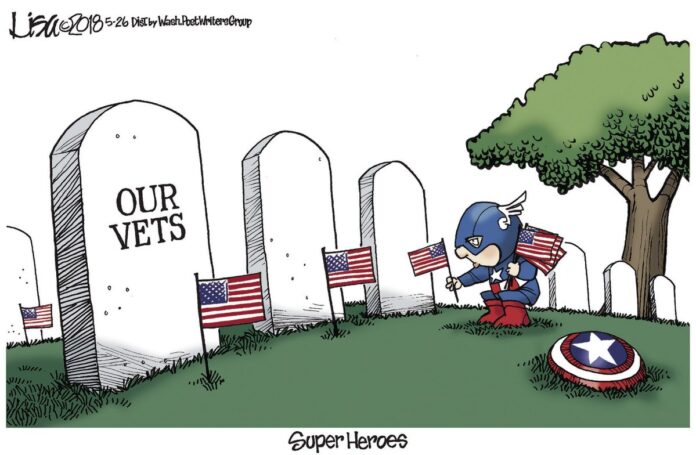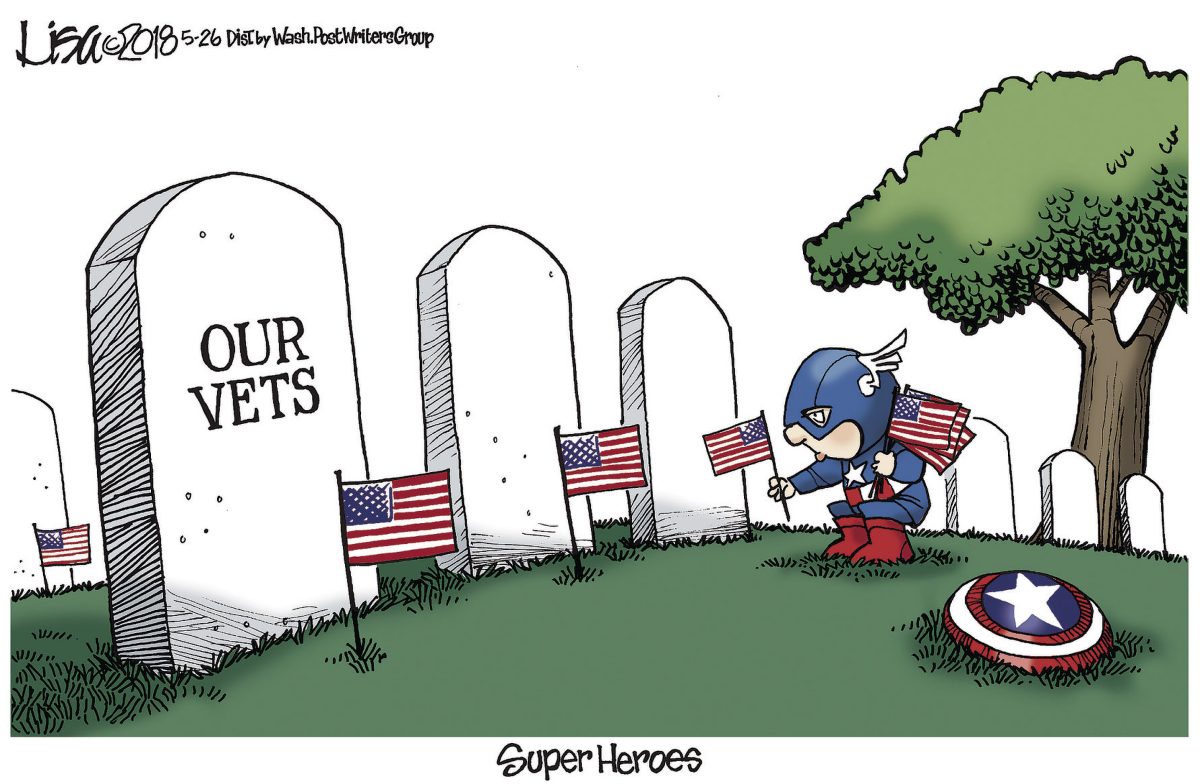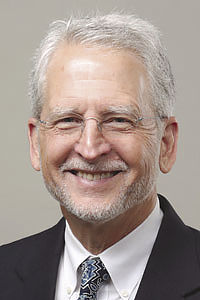BY TOM PALAIMA
What are you planning to do today on Memorial Day? What is the day for? Why was it created?
Despite a long tradition of public promises that those who give their lives fighting for their families, cities and countries will live on in communal memory, human hearts and minds can stand only so much. Memories fade. When our society does not bear the burdens of war collectively, we suffer collective amnesia.
As a result, in most American communities during the Memorial Day weekend, people tend to do things like attending a crawfish festival, eating burgers for brunch, drinking popsicle cocktails, zinging along ziplines, singing karaoke with a live band, and checking out vintage cars and hot rods. But what does any of this have to do with a national day of reverent commemoration?
This Memorial Day marks
150 years since what was originally called Decoration Day was first observed, and it sadly confirms the premonition of the Civil War veteran who proposed it.
The impetus in 1868 did not come from the grieving families of the 620,000 soldiers who died in our Civil War. Nor did it come from the public. They were busy getting back to their peace-time lives. And it did not come from elected political leaders, although the deaths and suffering of soldiers preserved the very government in which they held offices.
The impetus came from members of the fraternal organization of veterans of the Union Army, Union Navy and Marines known as the Grand Army of the Republic (GAR).
Gen. John A. Logan of Illinois, the first GAR commander in chief, issued a general order on May 5, 1868, designating May 30, 1868, “for the purpose of strewing flowers or otherwise decorating the graves of comrades who died in defense of their country.” His choice of the word “comrades” makes clear that his focus was on veterans themselves honoring the fallen.
Logan was a successful politician. The GAR was a large and formidable lobbying group. But he was also realistic. He knew veterans had to look out for their own: “If other eyes grow dull and other hands slack, and other hearts cold in the solemn trust, ours shall keep it well as long as the light and warmth of life remains in us.” He envisioned veterans “cherishing tenderly the memory of our heroic dead” and “guarding their graves with sacred vigilance.”
In early May, my wife and I visited the veterans section of Calvary Cemetery in Cleveland, Ohio, where my father’s kid brother Joey, a corporal in the United States Marine Corps in the Pacific Theater during World War II, lies buried. I removed the encroaching soil and grass from his and neighboring headstones. We contemplated his fighting in hellish battles like Iwo Jima when he was 20 years old. He died at 24, tubercular and debilitated by war.
Close to Joseph Palaima lies the body of Medal of Honor winner Pvt. Frank Joseph Petrarca, who rescued four wounded soldiers under fierce enemy fire on July 27 and July 29, 1943. Trying to rescue yet another wounded buddy, he was killed two days later, on his 25th birthday.
Also close by lie the remains of veteran Joseph Dehouske (1914-1948). Elsie, his wife, widow and mother of their children, was laid to rest beside him 45 years later in 1993. She long remembered those who died fight-ing for us.
We should remember them too, and her, and everyone affected by war. Make your Memorial Day memorable. Visit a local cemetery or war memorial. After a century and a half, let’s prove Gen. Logan wrong. Keep in your heart what veterans have done for us all.






